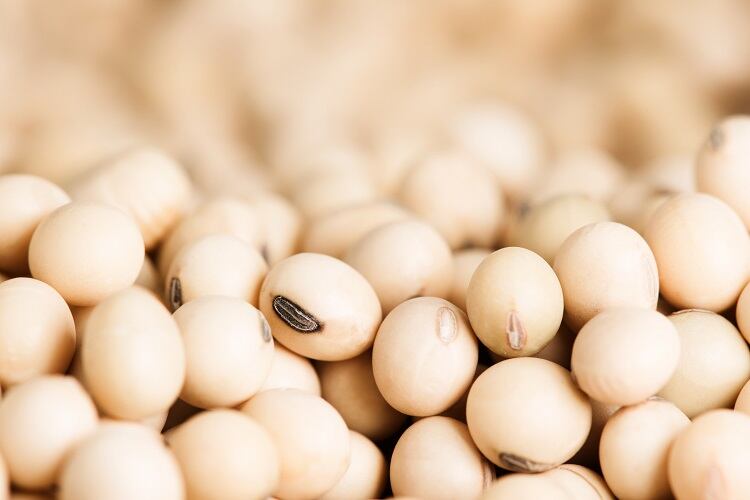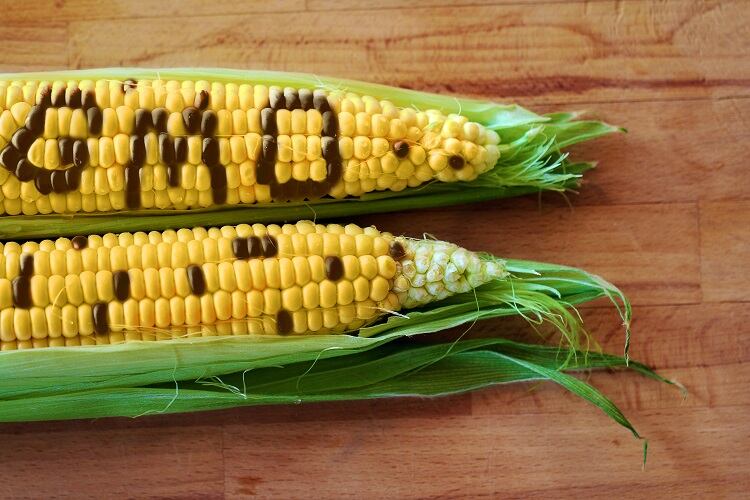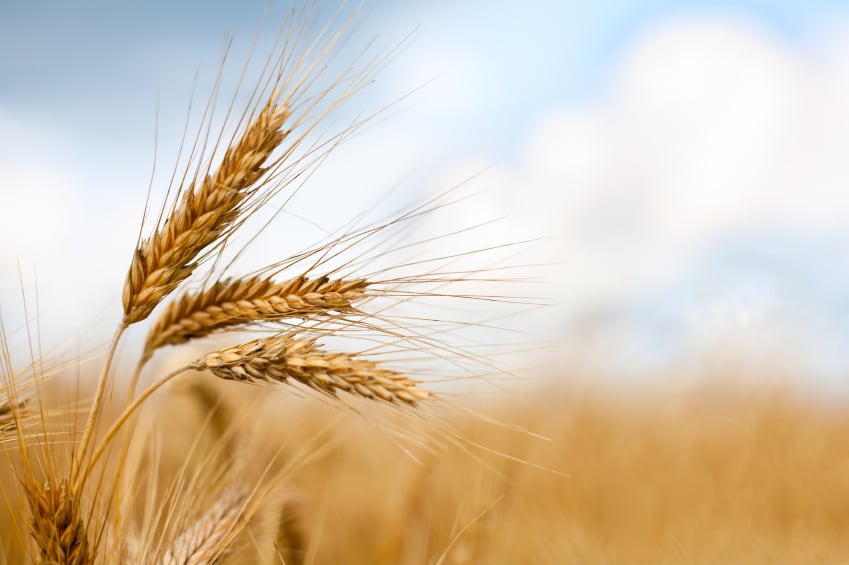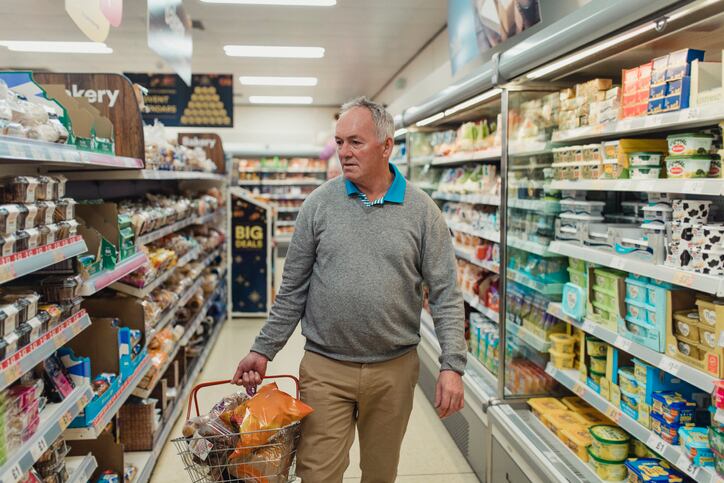Last week, the Commission announced it had authorised a genetically modified soybean for food, feed, import and processing in Europe, for a period of 10 years.
This means that the GM soybean and derived products can now be legally imported into the EU. As it is not authorised for cultivation, European farmers are not allowed to grow it.
Known as soybean MON 87708 x MON 89788 x A5547-127, or ‘XtendFlex’ by its owner Bayer – a German life sciences company that acquired US agricultural giant Monsanto in 2018 – the GM variety has gone through a ‘comprehensive authorisation procedure’, noted the Commission.
This includes a favourable scientific assessment by the European Food Safety Authority (EFSA).
XtendFlex soybeans have been built upon Bayer’s ‘high-yielding’ Roundup Ready 2 Xtend soybean technology, which the company said allows for additional tolerance to glufosinate herbicides.
According to Bayer, the variety provides growers with additional flexibility to manage tough-to-control and resistant weeds. Its approval means the company can ‘now look forward to a full launch’ in the US and Canada next year.
The business expects to be in a ‘strong position’ to supply 20 million US soy acres ‘when the selling season arrives’.
‘Science has won over politics’
Bayer is not alone in welcoming the Commission’s authorisation. Indeed, scientific communities across the bloc have long been lobbying for looser genetically modified organism (GMO) regulations. It is well known that EU regulation governing the use of GM in food is among the strictest in the world.
For products containing GMO ingredients above a 0.9% threshold, for example, the European Parliament demands this be ‘clearly’ labelled. Specifically, packaging must state: ‘This product contains genetically modified organisms’ or ‘this product contains genetically modified [name of organism(s)]’ directly on the label. All non-packaged products that contain GMOs must include the statement within the product display.
For many in the scientific community, such strict regulations indicate something else – other than concern for safety – may also be at play.
“GMO approval procedures in the EU always take very long, and often events are not approved by the Commission for political reasons, even when the scientific data clearly show that the event is safe,” Professor Matin Qaim, agricultural economist from the University of Goettingen, told FoodNavigator.

“So if a GMO event that was extensively tested and declared safe is eventually approved, this is definitely good news, as science has won over politics.”
Concerning Bayer’s XtendFlex soybean, the researcher said it he is ‘supportive’ of its approval, highlighting the legume’s herbicide tolerance traits. “The same technology has been used already for several years in a number of countries outside the EU, with no safety issues.”
Could Europe benefit from authorisation?
Soybeans are not widely cultivated in the EU. Rather, the vast majority of soy (80%) is produced in just three countries: the US, Brazil, and Argentina.
However, Professor Qaim argues that authorisation of other GMO crops could make agriculture across the EU more sustainable.
“Insect-resistant Bt maize [genetically modified corn], for instance, is grown in Spain and Portugal, where it contributes to reductions in the use of chemical pesticides and higher yields, but the same technology is banned in other EU countries for political reasons.
“There are also GMO applications in rapeseed and sugarbeet which are widely used in North America but which are not approved for cultivation in Europe, even though these crops are important for European farmers.”
The researcher also referenced various examples of GMO crops in the pipeline that ‘could be very attractive’ for EU farmers, ‘if ever approved’, such as fungus-resistant potatoes and wheat.

The European umbrella organisation for organic food and farming, IFOAM Organics Europe, which represents the entire organic food chain, does not agree.
While in the instance of XtendFlex soybeans, contamination at production stage is not a direct concern for EU organic agriculture – as the authorisation does not cover cultivation – IFOAM Organics Europe’s policy manager Eric Gall told FoodNavigator its approval does not align with the EU’s intention to reduce pesticide use.
“Importing this crop into the EU market will most likely lead to increased pesticide use and the associated negative environmental effects to biodiversity outside of the EU.”
The increased use of herbicides linked to the cultivation of GMOs in the US has been well-documented over the years, noted Gall. “Eighty percent of GM crops grown in the US are herbicide-tolerant crops, which has directly led to increased herbicide use, aggravated by the emergence of weeds resistant to the herbicides in question (e.g. pigweed or Palmer amaranth resistant to glyphosate), which led to the use of even more potent herbicides in complement.
“The authorisation for import in the EU of a GM crop is a de facto licence for GM soybean farmers in the US who export to Europe to grow it.”
Further, IFOAM raised concerns about the contamination risk to the GMO-free food production chain risk, as well as the threat to the economic wellbeing of farmers and producers.
“The organic movement stresses the importance of properly implementing the current GMO legislation, including traceability and labelling requirements, and of measures to protect the GMO-free production sector from contamination by GMOs,” said Gall.
Are Europeans willing to eat GM soybeans?
Since the first authorisation in 1996, around 80 GM events have been authorised in the EU for import and for use as food and/or feed. So while they are allowed, the food market has largely remained closed to them. IFOAM suspects this is due to labelling requirements and consumer opposition.
The University of Goettingen’s Professor Qaim agreed that many Europeans do not want GMOs in their food. However, the researcher puts this down to consumers ‘erroneously’ believing that GMOs are risky for their health and the environment. “This is why most food manufacturers in Europe try to source non-GMO ingredients.”
But for soybeans this is a bit different, we were told, as most of the soybean meal imported from North and South America is used as animal feed in the EU. Where animal feed has to be labelled GMO, the milk, meat, and eggs produced with this feed do not have to be labelled.
“This is the peculiarity of the EU labelling regulation. Europe has been importing GMO soybeans (previous events) for the last 25 years, so I do not expect this latest GMO event to lead to any major changes or issues, as long as it is primarily used in the feed industry.”




